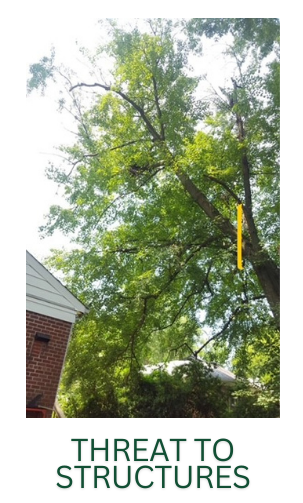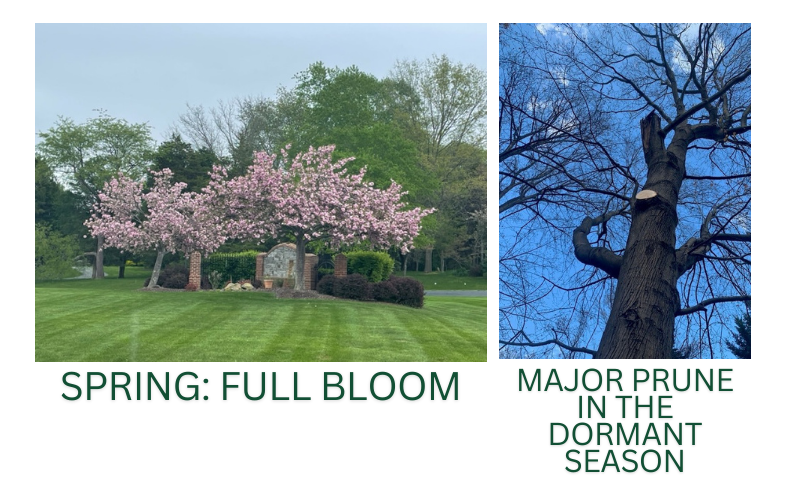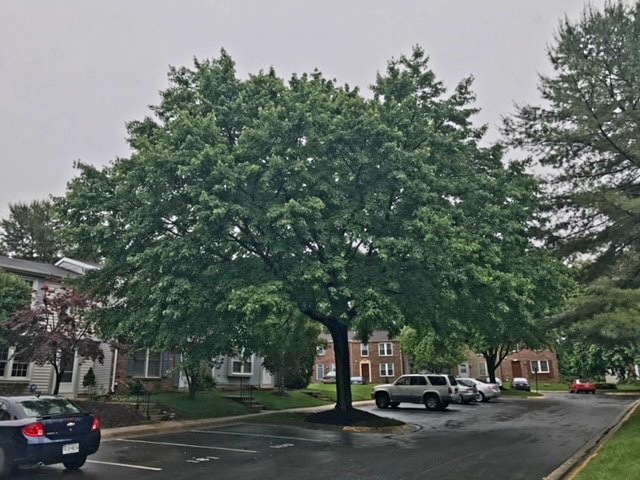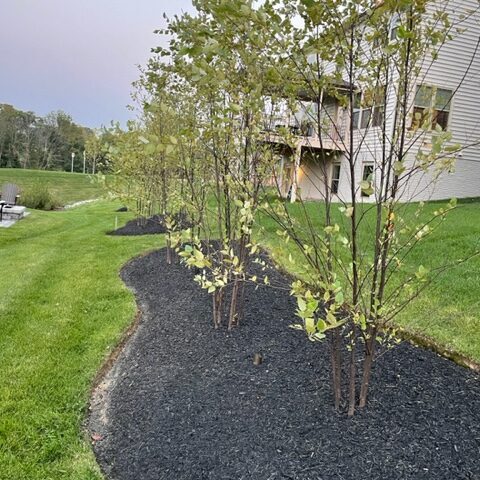Pruning Tips from Chapingo Tree Care
Tree Pruning Practices: Nurturing Your Trees for a Lifetime
Trees are invaluable contributors to our lives and communities. Proper care is pivotal in maximizing the benefits they offer. Pruning, executed with precision and care, plays a central role in tree maintenance. However, it is not a task to be undertaken lightly, as incorrect pruning can lead to long-lasting damage and shortened tree lifespans. Homeowners responsible for landscape maintenance must recognize that mature and young trees demand distinct pruning approaches. Our Arborists provide tailored solutions for each stage of a tree's life, ensuring structural integrity and aesthetics.
Reasons For Pruning
Pruning serves multifaceted purposes, including the removal of dead branches, enhancing tree form, bolstering safety, allowing sunlight infiltration, promoting air circulation, and implementing corrective or preventative measures.


When To Prune
Routine pruning, focusing on the removal of weak, dead, or diseased limbs, can be carried out year-round with minimal impact on tree health. However, substantial pruning, especially on weaker trees, is best scheduled during dormancy to reduce stress. Oak wilt and similar diseases, transmitted through pruning wounds, must be considered when scheduling pruning during low-probability transmission periods.
Mature Trees Pruning: Precision for Perfection
For mature trees, our pruning expertise extends to:
Crown Cleaning: The removal of dead, diseased, weakly attached, and low-vigor branches from the crown of a tree to enhance its overall health and appearance.
Crown Elevation: Eliminating lower lateral branches to create clearance for buildings, vehicles, signs, pedestrians, and other structures.
Crown Reduction: Reducing a tree's size for various purposes, such as height control, is accomplished by pruning back leaders and branch terminals to secondary branches large enough to assume terminal roles. This practice preserves the tree's form and structural integrity.
Alternatives to Topping: Topping, as a tree size reduction technique, involves indiscriminately cutting branches to stubs or lateral branches that cannot assume terminal roles. This harmful practice increases tree risk and stress, deforming the tree's natural shape. Instead, our Arborists advocate the more effective approach of crown reduction, which preserves tree health and aesthetics.
Dense Reduction: Sometimes, thinning the crown's periphery is necessary to enhance wind and light infiltration or stimulate interior foliage development, all with a focus on aesthetics.


Young Trees Pruning: Shaping the Future
For young trees, structural pruning is essential for developing a strong and desirable form. Proper early pruning reduces the need for extensive corrective measures as the tree matures, ensuring its long-term health and appeal.
Speaking of young trees, it starts with planting. Proper tree planting makes a huge difference! It provides a healthy start and will help the tree mature to its full size and potential, ensuring it will provide environmental, economic, and social benefits throughout its lifetime. Our Arborist can recommend proper timing and techniques to plant trees, also the most recommended species that are appropriate for a specific location.